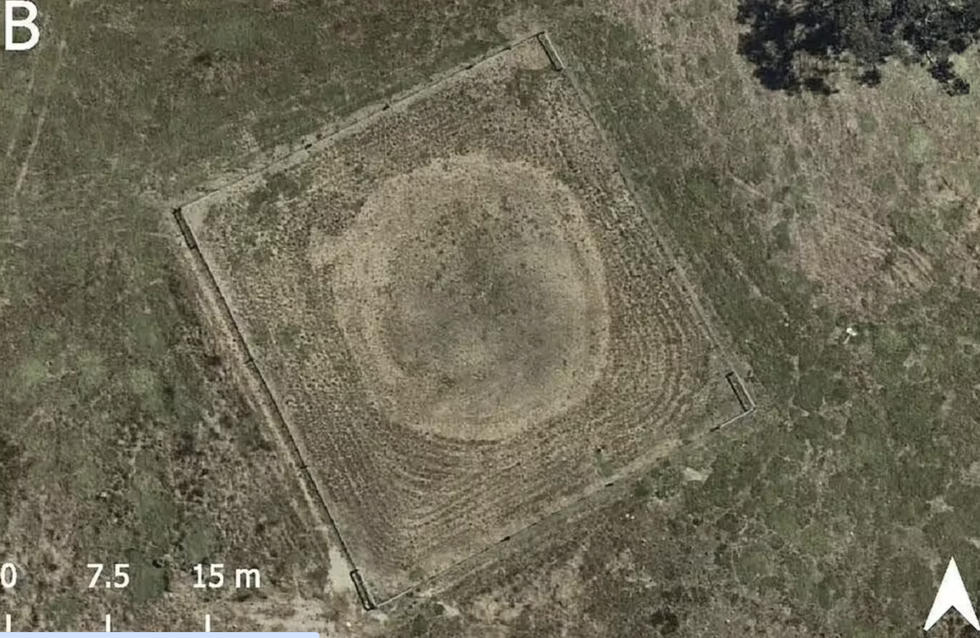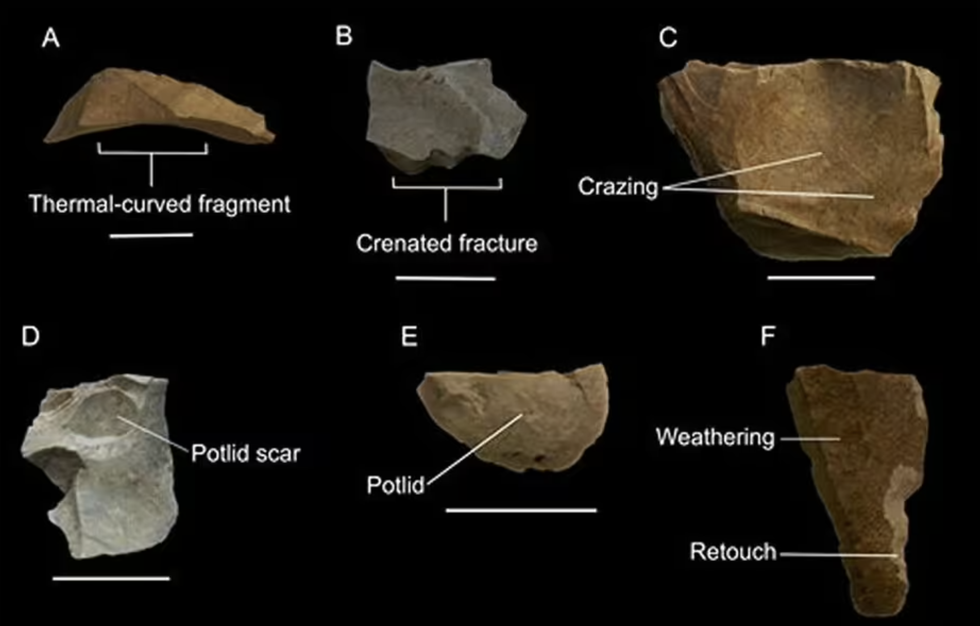Scientists finally uncover mystery of 1,400-year-old circular rings outside of Australian city
The large rings coming out of hills in Australia's Wurundjeri Woi-wurrung Country have been a source of confusion for many decades
Don't Miss
Most Read
Scientists have solved the mystery behind ancient circular earth rings in Australia, revealing they were constructed by the Wurundjeri Woi-wurrung people between 590 and 1,400 years ago.
The large circular mounds - some even spanning hundreds of metres in diameter - are located in the Sunbury area near Melbourne and were built for sacred ceremonies.
The ground-breaking study has definitively ruled out popular theories about alien involvement in the structures' creation.
Researchers discovered the rings were constructed through a meticulous process where Aboriginal people cleared land and vegetation before scraping back soil and rock to create the distinctive circular formations.

Scientists finally uncover mystery of 1,400-year-old circular rings outside of Australian city
|Australian Archaeology
The findings, published in Australian Archaeology, provide an insight into Indigenous cultural practices dating back to when the Mycenaean era began in ancient Greece.
The researchers found evidence of campfires being lit within the mounds, with stone tools used to move items around the sacred sites, as the structures were later created through careful layering of rocks around the perimeter.
Scientists highlighted that whilst these rings were clearly sacred locations for ceremonies, much of their specific cultural context remains unclear due to limited historical documentation.
"While previous studies indicate these rings are sacred locations of ceremony, little is documented from cultural values and landscape perspectives – particularly in south eastern Australia," the researchers wrote.
LATEST DEVELOPMENTS:
For Indigenous peoples, sites like these were part of a broader cultural landscape encompassing "land, water, sky, animals, plants, artefacts and cultural features, travel routes, traditions, ceremonies, beliefs, stories, historical events, contemporary associations and ancestors".
The impact of European colonisation has left a devastating mark on these ancient structures, with only 100 of the original 400 earth rings remaining across Australia.
The rings hold immense significance for different Aboriginal language groups, serving as powerful symbols of their history of occupation, colonisation, self-determination, adaptation and resilience.
The study revealed detailed evidence of ancient activities at the sites, including cultural fire practices, knapping, movement patterns and tool usage.

The researchers found evidence of campfires being lit within the mounds, with stone tools used to move items around the sacred sites
|Australian Archaeology
Scientists emphasised how the rings provide valuable archaeological evidence of the Wurundjeri Woi-wurrung people's traditional practices.
"While memory of the purpose of the Sunbury Rings has faded, a deep understanding of the cultural values of the landscape in which they are embedded has been passed down through successive generations of Wurundjeri Woi-wurrung people," the researchers said.
The findings bring together traditional knowledge with archaeological evidence, demonstrating how the Wurundjeri Woi-wurrung people's understanding of the biik wurrdha cultural landscape has endured.
One theory suggests the rings may have been used for plant and animal ceremonies, and potentially for scarring human skin during traditional rituals.











